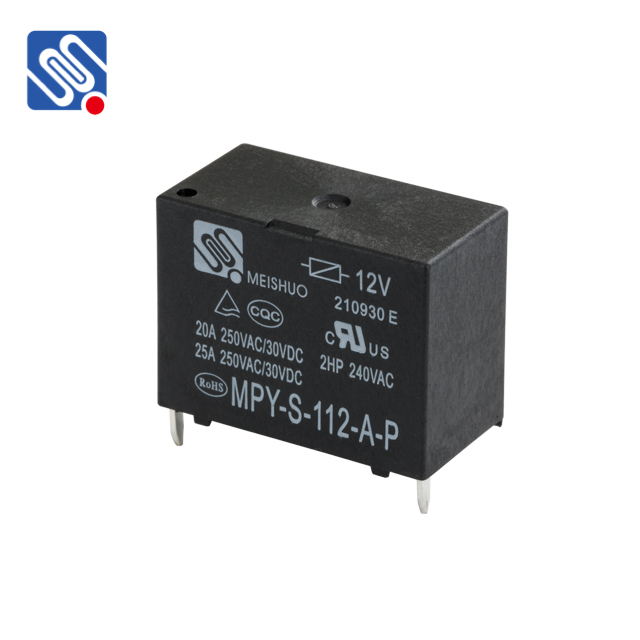understanding relay voltage rating: key considerations and applications
Release time:2025-08-13 23:37:53
Relays are essential components in modern electrical systems, serving as a bridge to control electrical circuits. One of the most crucial factors when selecting a relay for a particular application is its voltage rating. The relay voltage rating defines the voltage limits at which a relay can safely operate without risk of failure or damage. In this article, we will explore what relay voltage ratings are, their significance, and the considerations that need to be taken into account when selecting the right relay for specific applications.

What is a Relay Voltage Rating?
A relay voltage rating refers to the maximum voltage that a relay can handle, both at the coil and the contact level. Relays have two primary voltage ratings:
Coil Voltage Rating: The coil voltage rating is the voltage required to energize the relay's coil, which causes the relay to switch its contacts. This voltage can either be AC (alternating current) or DC (direct current), depending on the type of relay. Coil voltage ratings are typically specified by the manufacturer and are usually available in common values such as 5V, 12V, 24V, and 48V. It’s crucial that the applied coil voltage is within the specified range, as too low a voltage will prevent the relay from activating, while too high a voltage can overheat and damage the coil.

